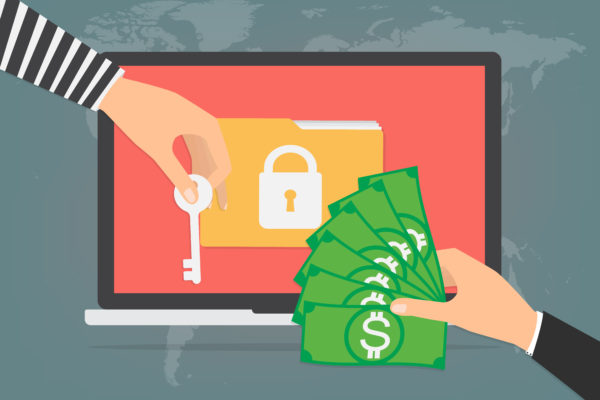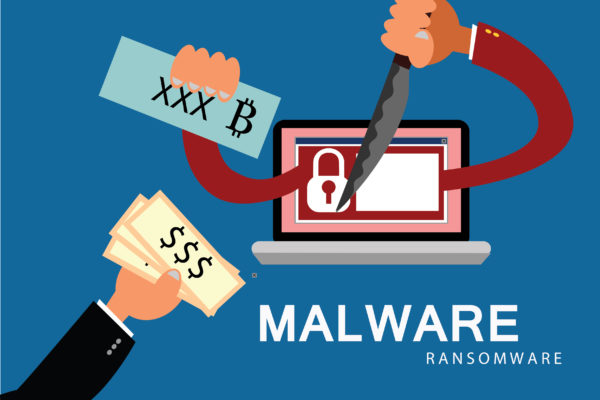If you suspect that your computer or machine has been infected by ransomware, then you’ve come to the right place. Cyber attacks and infections are becoming increasingly common, and malicious software and parasites now have more power than ever before. With that said, cyber attacks involving ransomware are arguably the most dangerous of all the different types of attacks that tend to paralyze the digital world for quite a few reasons. While other types of malicious software just affect the data within a few files, ransomware like Amnesia and WannaCry follow a completely different approach. These types of malicious software encrypt files and lock systems from further use until the user makes a payment.
Interested in learning more about ransomware? Below, we’re talking all about how ransomware works, how one of the most popular ransomwares of recent times, Amnesia, spread, and what you can do to remove the ransomware from your system.
How did Amnesia ransomware spread?
Like most malicious software that ends up taking computers, machines and entire systems hostage, Amnesia, too, spread in the form of email attachments. More often than not, the attachments that contained the Amnesia ransomware were PDF or zip files that slowly crept into machines, paralyzing them one encrypted file at a time.
As unfortunate as it may sound, there were different types of the Amnesia ransomware, and each type either focused on encryption or locking. The variations of Amnesia that resorted to locking the system or machine that it had infected can further be divided into those affecting mobile devices and those affecting desktops. Dealing with the locking variation of Amnesia, however, is a discussion for another day. In this post, we’re only focusing on the variation of Amnesia that encrypts files and important information and explaining how you can remove it from your system.
How does Amnesia ransomware work?
Amnesia ransomware gets into gear as soon as the file or folder containing it is opened or executed. From that point on, Amnesia behaves like it has been given permission to come on board and starts destruction. It should, however, be noted that email attachments are not the only way that the ransomware can spread. It is also possible for the ransomware to make its way into your computer or system when you click on certain links or illegally download torrents that may contain the ransomware. Haste and carelessness are easily the most reasons for the spread of Amnesia ransomware. This is exactly why you should be extremely careful about the links you click on and all of your online activity to ensure that your computer is not infected by malicious software.
Once the ransomware has been executed, it starts encrypting your files. A strong encryption algorithm is used to make all types of files and documents inaccessible to you. But that’s not all. The encrypting application also changes file extensions to forms that make them unreadable by your system. After all of your files have been encrypted and locked, the next step taken by the ransomware is to display a ransom note. This ransom note generally contains information about what has happened to your files, stating that the only way to regain access to your important files and documents is by making a payment.
In most cases, the ransom notes displayed after a cyber attack ask users to make payments using Bitcoin or any other cryptocurrency to maximize the anonymity of the fraudsters behind the act, and to ensure that the payments being made cannot be traced.
Even though it is generally stated on ransom notes that a decryption tool or software will be sent to you after you pay the ransom, this generally isn’t the case and people are still left with unusable files and folders despite making payments which is why it is suggested that you don’t pay any ransom to regain access. Besides, even if you do get a decryption tool that miraculously does work, the ransomware will still be present on your system and will easily be able to encrypt files once again. It is, therefore, recommended that you focus on removing the ransomware from your system before anything else.
How to remove Amnesia ransomware from your system
For assistance with file recovery and ransomware removal, please contact MonsterCloud – cyber security experts for a professional ransomware removal.



